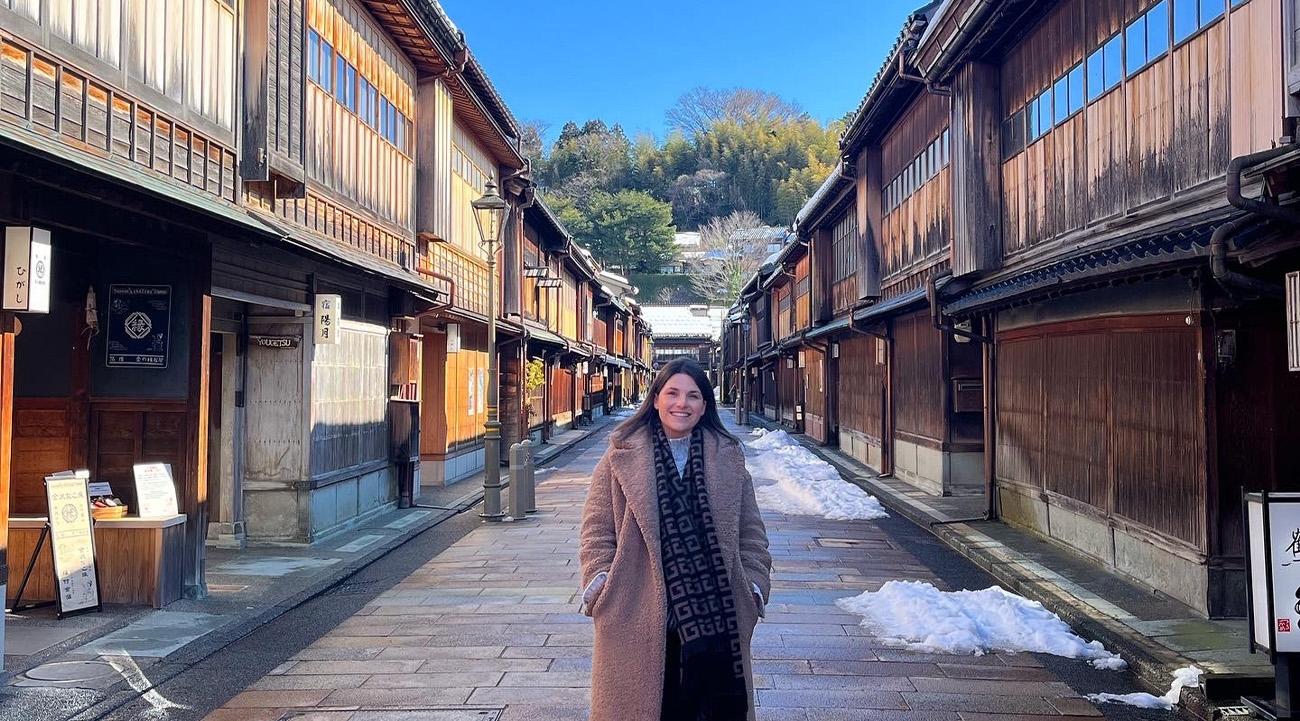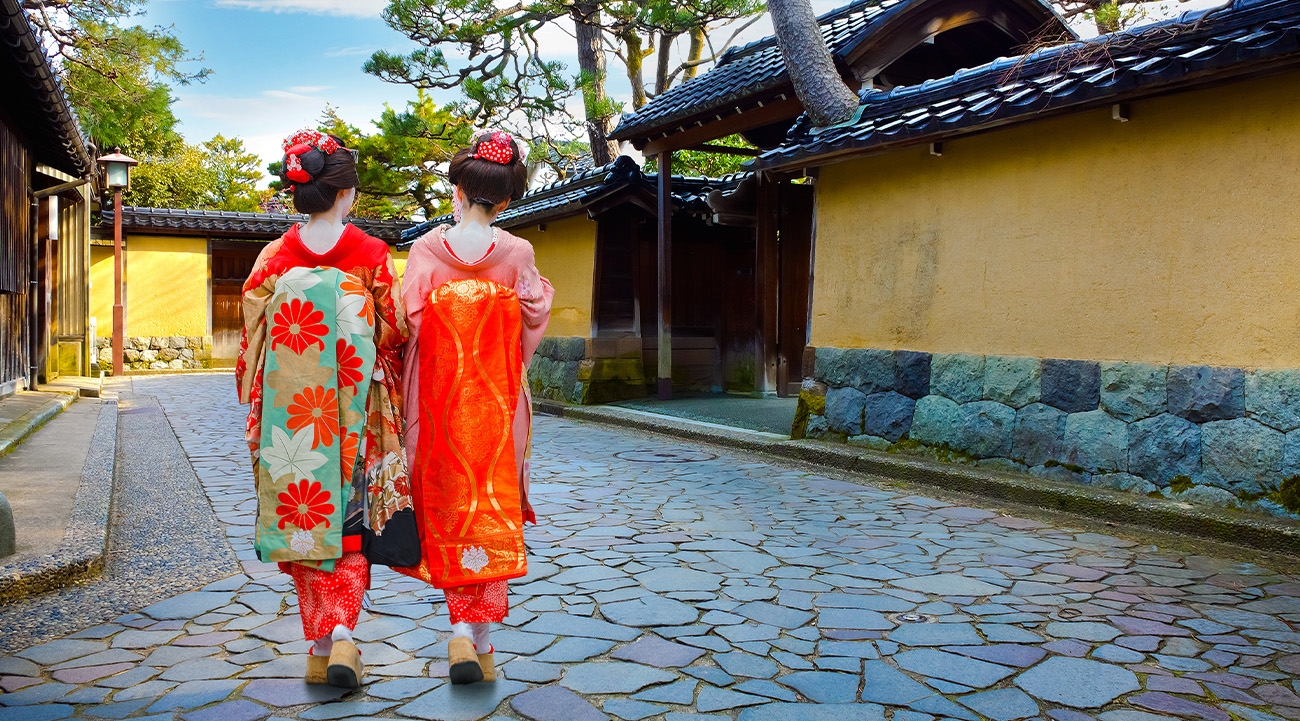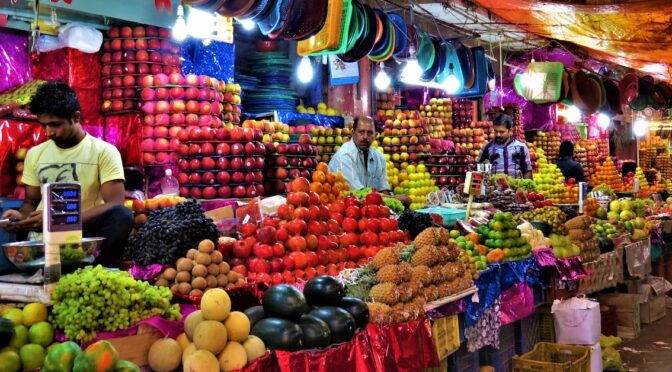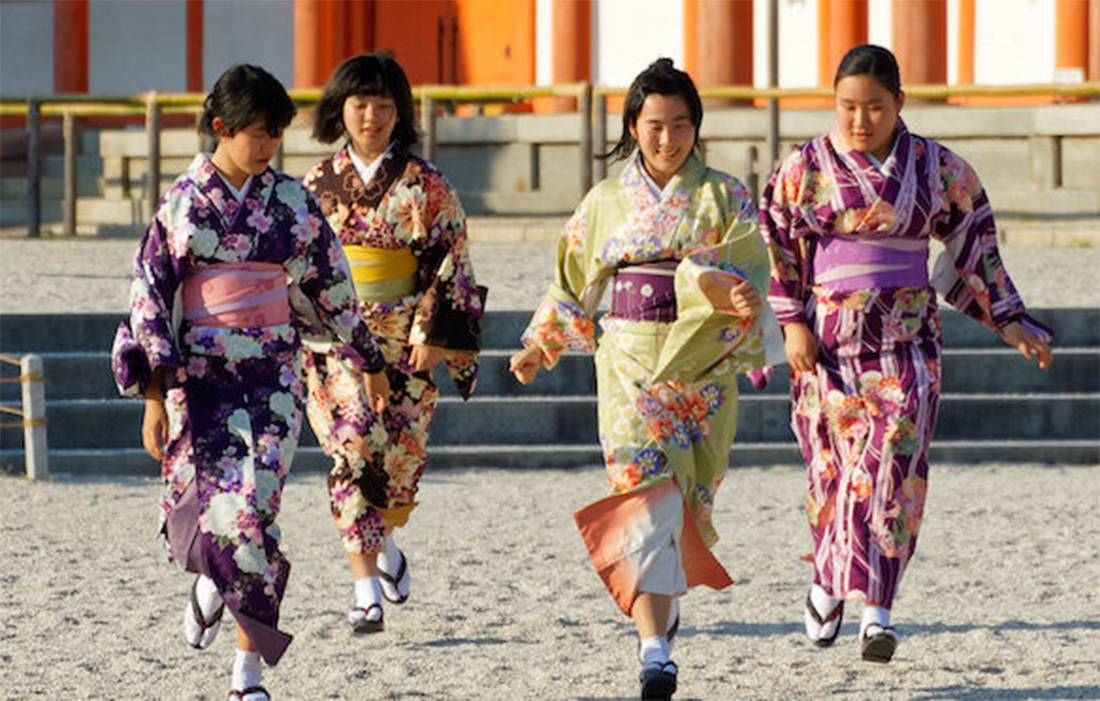Star-studded journeys: Uncovering bright cultural delights along Japan's Three Star Road
We venture farther into the Japanese Alps as dusk falls, a thick band of pastel pink setting behind the spiky mountain peaks. Sunset casts a warm hue over the swathes of February snow, which has piled up in thick wedges along the side of the road. The winding track eventually arrives at Ainokura, the largest and most remote village in the Gokayama region of Japan’s western Toyama prefecture. Traditional gassho-zukuri houses with steep, thickly thatched roofs pierce the snow-covered landscape – the characterising factor that led to Ainokura, and neighbouring villages Suganuma and Ogimachi, achieving Unesco World Heritage status in 1995. The houses were built more than 200 years ago, primarily for silk production.
Their distinctive triangular roofs were designed not only for storage, but to help the run-off of snow, which falls by its droves in the winter. But today, some have a different purpose. Of the 20 gassho-zukuri houses in Ainokura, six are available as guesthouses – and we’re lucky enough to call one home for the evening. Owner Yoshikimi is waiting for us when we arrive. The 64-year-old was born in this house and has lived here ever since, in more recent years opening up his home to curious travellers keen to immerse themselves in this tight-knit mountain community. He doesn’t speak much English, but he radiates warm hospitality. We’re handed yukatas – casual-style kimonos for lounging around in – and given a guided tour of the property.
It’s one of only a few that is heated, which we’re grateful for considering it’s -12C outside. The heart of the home is a minimalist living room anchored by a smouldering hearth. We gather around it on floor cushions for dinner: a multi-dish feast celebrating the preservation methods of fermenting and pickling. It’s an immersion into times gone by; despite Ainokura now benefiting from a nearby supermarket, Yoshikimi prefers to prepare ingredients in the same way his ancestors might have done when the nearby river was the only source of trade and transportation. Afterwards, we take it in turns to use the property’s private onsen – the ritual of bathing is integral to all Japanese households – before retreating to our bedrooms, where futons have been set up on the floor next to glowing lamps.
It’s certainly no luxury escape – clients partial to their creature comforts might struggle with the simplicity – but eating, bathing and curling up next to a hot water bottle in this ancient mountain home feels like the perfect way to experience this very special corner of Japan.



Starry sights
Enchanting cultural experiences can be found throughout our journey along the Mitsuboshi Kaidou, or Three Star Road – the snaking route in central Japan that connects the cities of Kanazawa and Matsumoto with a string of star-studded sights. So named for the high volume of sightseeing spots awarded ‘three stars’ in the Michelin Green Guide Japan, and encompassing six cities across four prefectures, clients can expect a bounty of treasures, from well-preserved villages and ancient castles to pristine gardens and hot springs. The Three Star Road can be enjoyed in several ways – a new hop-on, hop-off Three-Star Route Option Ticket makes it particularly easy for those open to travelling by bus – and in several lengths, from four days up to two weeks.
Whichever way they experience it, clients will quickly learn that people, and passed-down traditions, lie at the heart of this fascinating route. At our starting point in Kanazawa, a 90-minute bullet-train ride from Tokyo, we meet Moto, a fifth-generation samurai descendant, whose prized sword collection includes a 500-year-old blade from an acclaimed Japanese swordsmith and a longsword worn in battle by one of his ancestors. Later, we meet Hitoshi, a third-generation artisan whose atelier specialises in the art of kaga y zen – dyeing silk to make kimonos. Renowned as one of the best in the region, Hitoshi produces just 20 to 30 kimonos each year, with each hand-painted garment taking up to two months to create following a painstaking, 15-step process using natural pigment and 400-year-old dyeing techniques.
Traditional craftsmanship follows us through the farming fields to Inami, a rural town in Nanto City in the Toyama prefecture. The former merchant town is famous for its wood carving: 11 studios line the main drag and 200 of the 8,000 residents are experts in the trade. The artisans here harness Japanese Keyaki wood and shun sandpaper, simply using a chisel to craft their wares. The end results range from a charming collection of miniature toy cats dotted across bus stops and signposts to the mighty Betsuin Zuisen-ji Temple, the fourth-largest wooden building in Japan, whose gate features an intricately designed dragon carved by local carpenters in the 18th century.



Cuisine and culture
Food experiences on the trail are bold and varied. We sample hida beef in its birthplace, Takayama city in the Gifu prefecture, in a variety of forms – sliced as sashimi, served warm in croquettes and cooked DIY-style in a steaming hot pot. We discover the science behind making miso at the Ishii Miso Brewery in Matsumoto, and learn the difference between rock and snow tofu at Miyama Tofu in Gokayama’s neighbouring mountain village, Shirakawa-go.
Even Japan’s version of a pub in Kanazawa is an elevated experience: Bistro Escaliers is home to just seven covers, with one chef turning out a seven-course tasting menu while also playing bartender and pot[1]washer. The menu is a knock-out – crab croquettes with sweet shrimp and cauliflower puree; roast duck; seafood spaghetti; and crispy-skinned fish on a bed of risotto.
Sake, of course, comes steadily by the glass. Elsewhere, the Three Star Road shines bright with a clutch of Japan’s most treasured sites. In Kanazawa, we make a beeline for Higashi Chaya-gai, one of three beautifully preserved geisha districts, where traditional wooden buildings have been converted into restaurants and souvenir craft shops celebrating its main export, gold leaf. Visitors should also be advised not to miss Kenrokuen Garden, a peaceful oasis filled with gems, including a large coy and carp-filled lake fringed by bonsai pine trees; the oldest water fountain in Japan; and more than 400 cherry trees that burst into blossom come spring. In Matsumoto, it feels as though we’ve saved one of the best attractions for last.
The city’s main draw is its castle, which presides over a glassy lake, its striking black façade making this 430-year-old structure one of the most picturesque castles in Japan. Wander it during the day or – between December and February – at night, when a beguiling light display engulfs the building in bright colours. It's a suitably bold ending to our journey through Japan. Like our stay at Yoshikimi’s guesthouse, the wider Three Star Road feels more like an intrepid adventure than a relaxing holiday – but that’s just its magic. Deeply connected to its people and rooted in a great sense of preserving the past, this exciting and intoxicating route will ensure visitors come away feeling as though they’ve had a true taste of Japan.
Book it: A 14-night Traditional Japan self-guided cultural adventure with InsideJapan Tours takes in some of the Mitsuboshi[1]Kaido with stays in Kanazawa, Shirakawa-go and Takayama. The trip costs from £2,140 (excluding international flights) and includes 14 nights’ accommodation, all transport across Japan, cultural experiences, breakfast every day and some dinners.
insidejapantours.com







